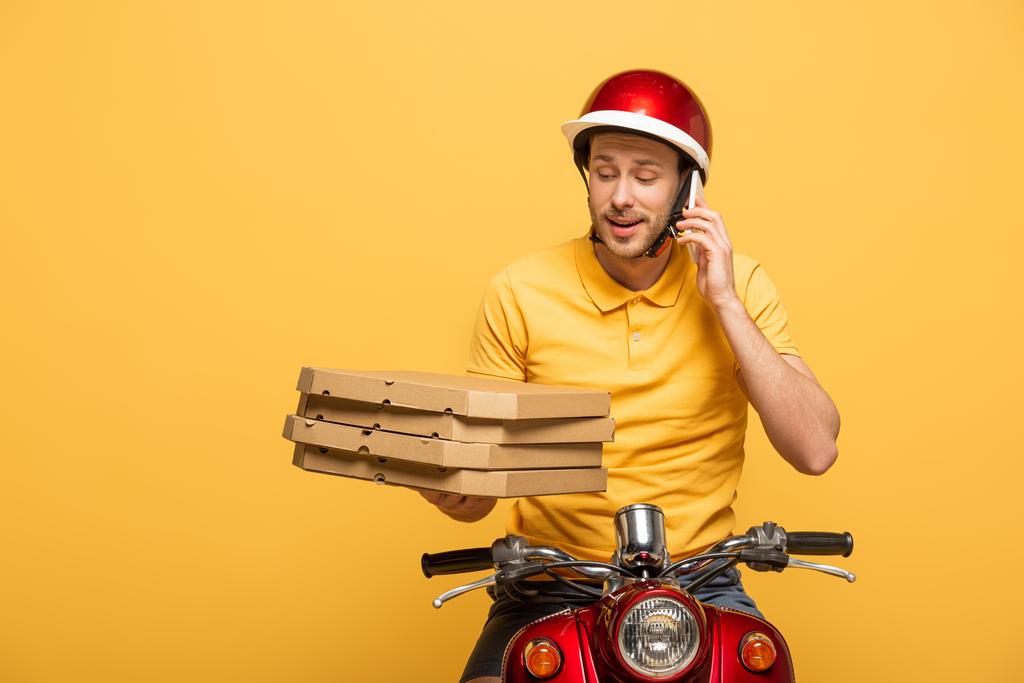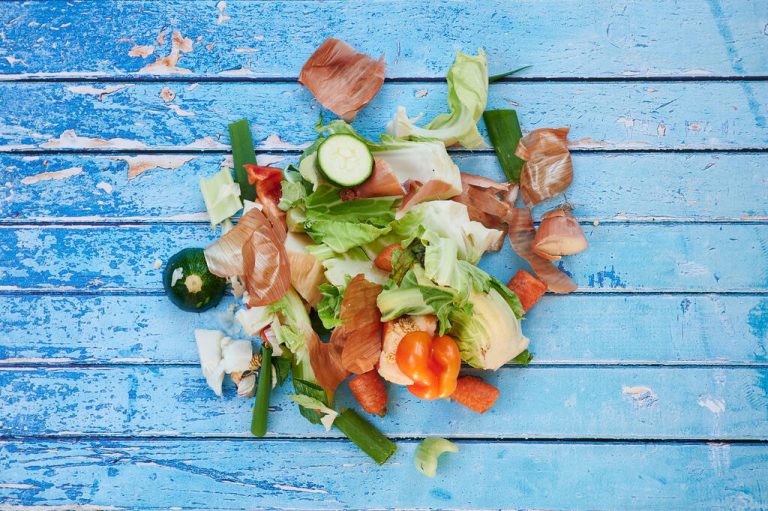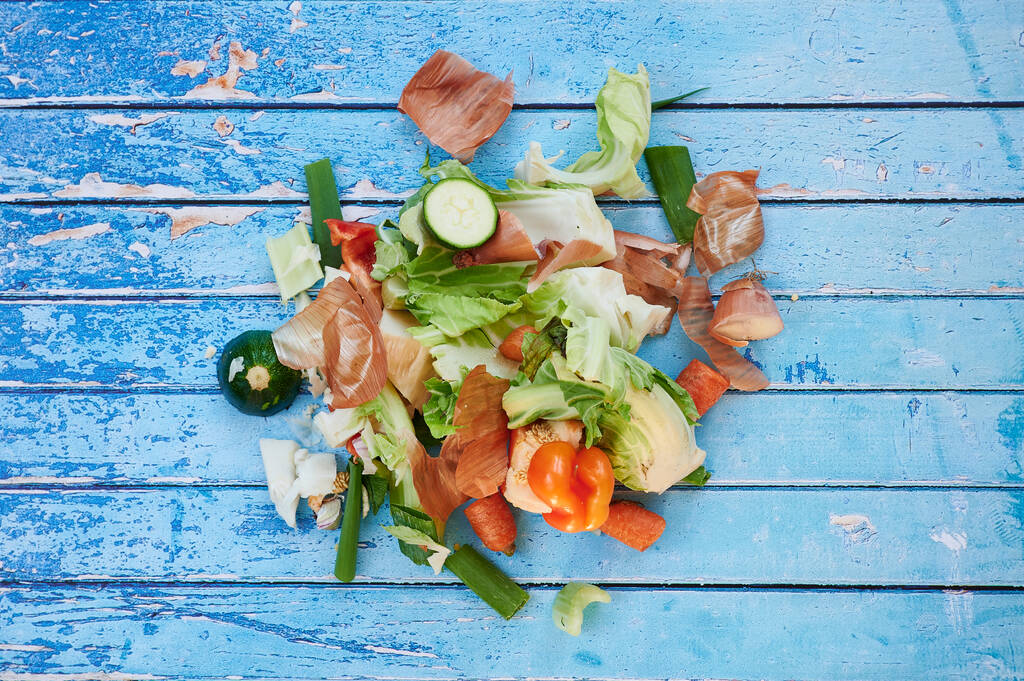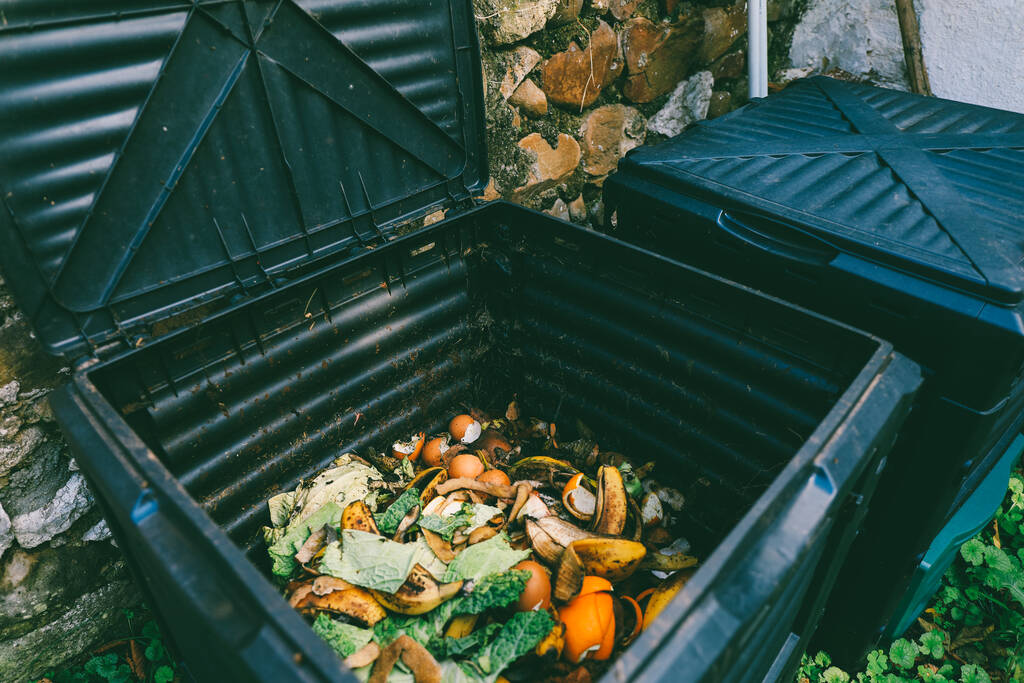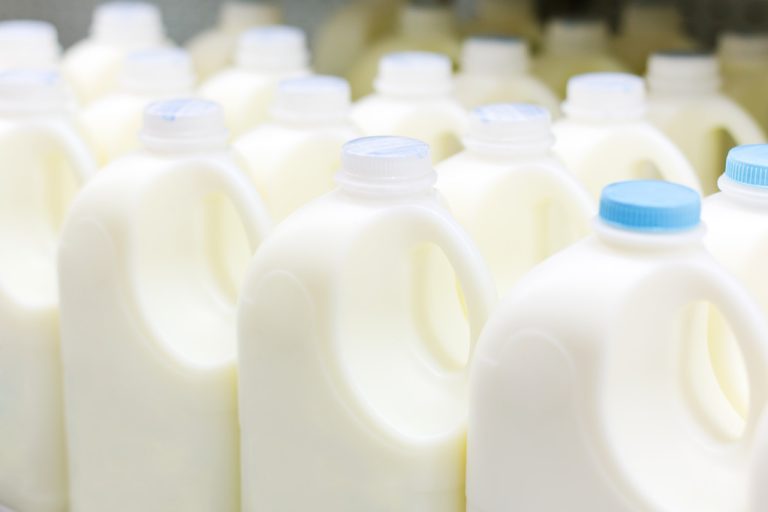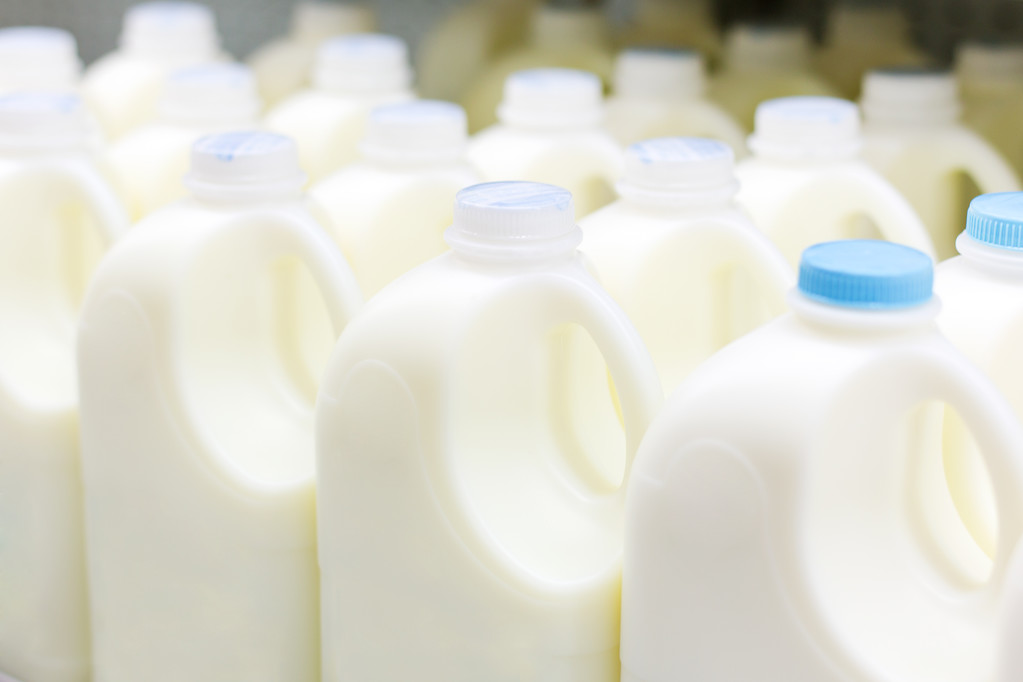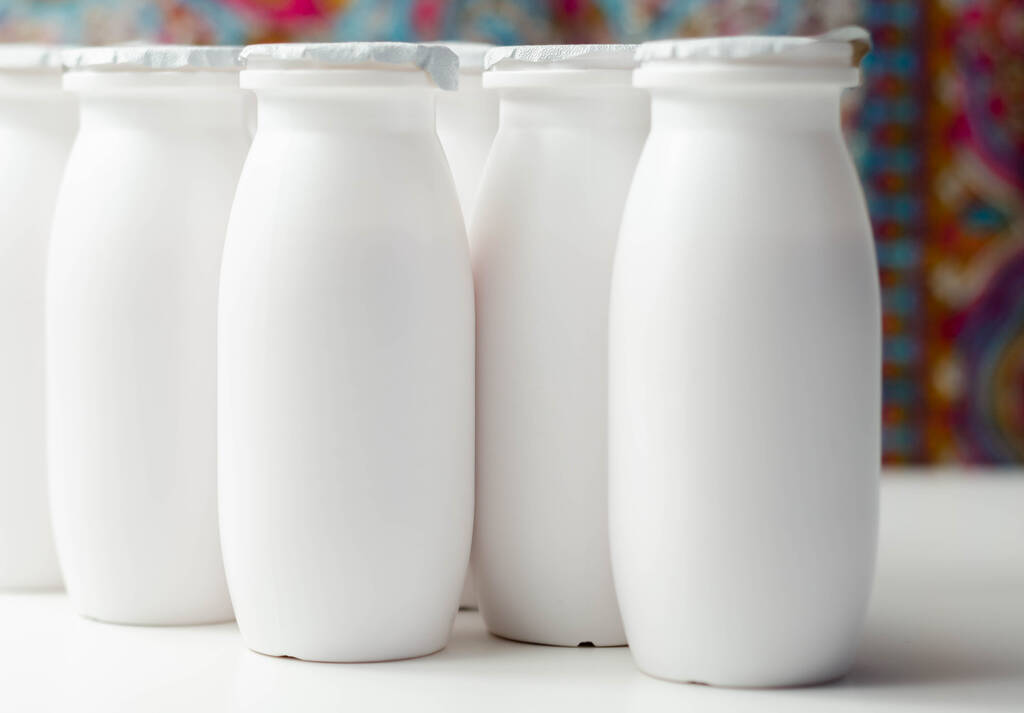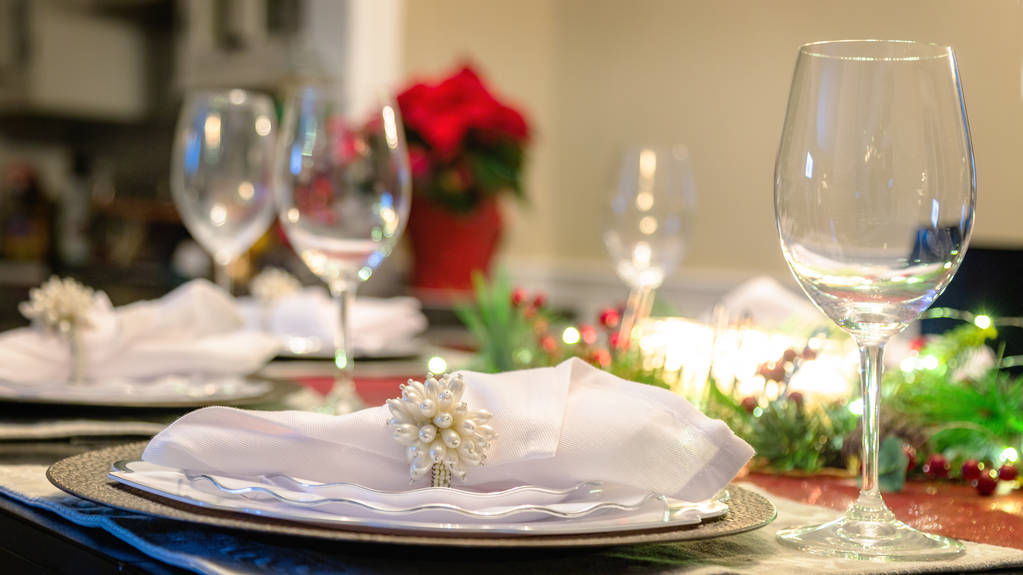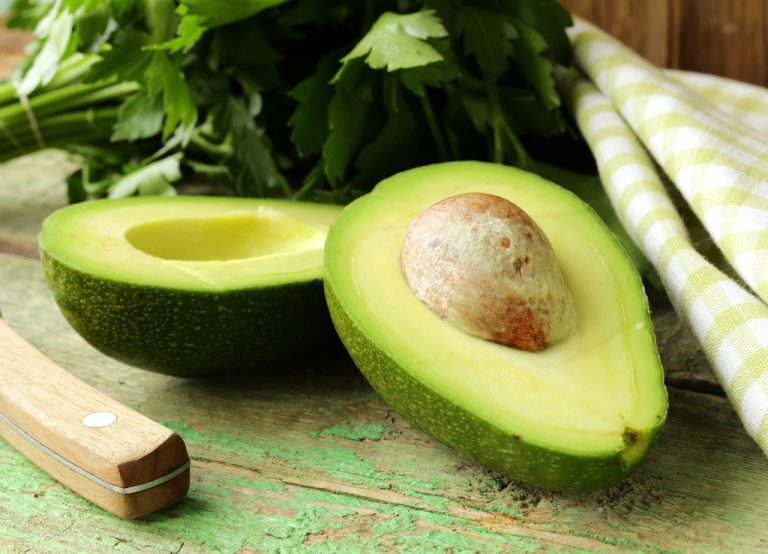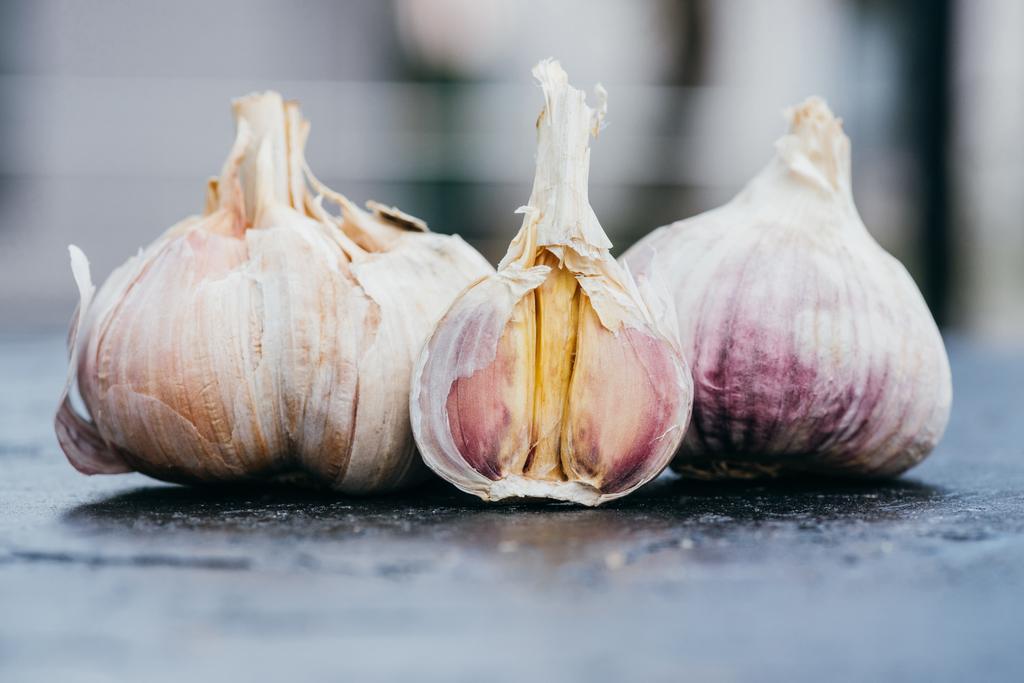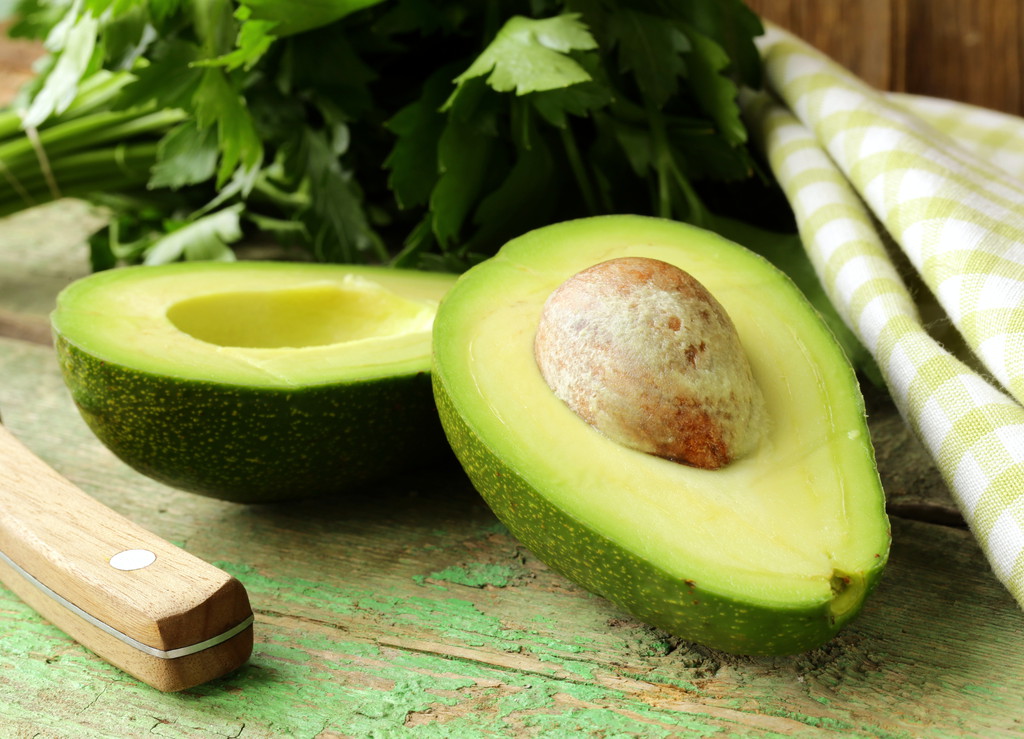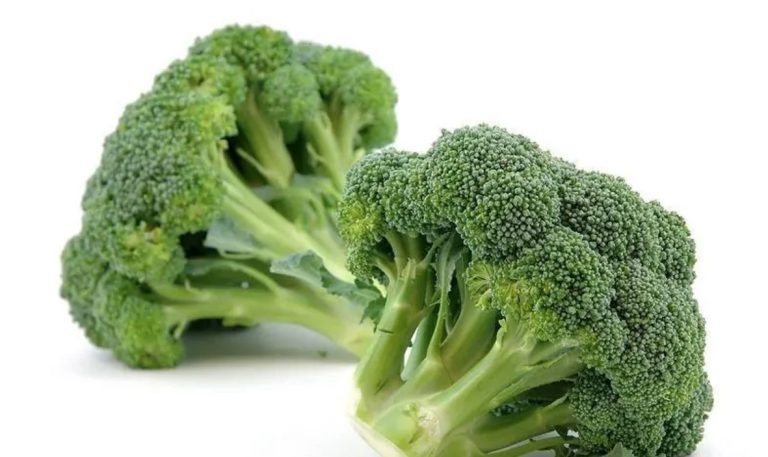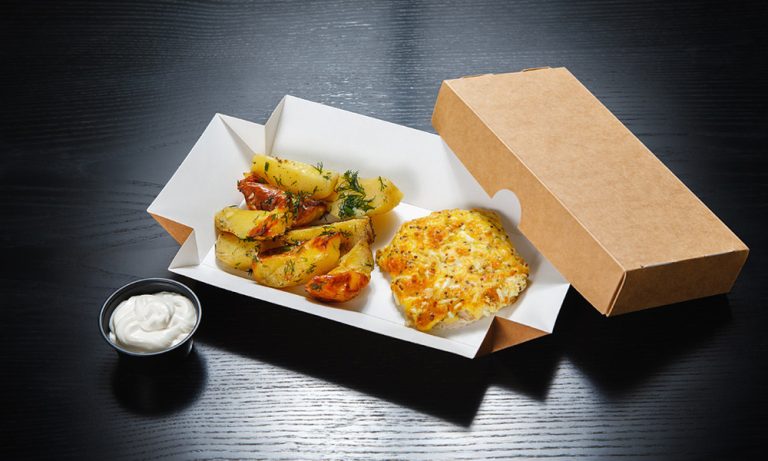In Denmark, the first supermarket has opened that sells food past the best-before date.
Best before date, brown speckled bananas, a dented Tetra Pak: most of us wrinkle our noses at such goods. The result of this picky shopping behavior is 82 kilos of food per capita that is thrown away in Germany every year – even though it would have been edible without hesitation.
Social supermarket in Copenhagen

After a law came into force in France in February of this year that prohibits supermarkets from throwing away food, a pilot project in the Danish capital Copenhagen is now causing a stir. The social supermarket “WeFood” sells food that would be thrown away in other supermarkets because it does not meet the ideal of beauty, has been damaged in transit, or has passed its sell-by date.
The store, which opened last Monday, offers a wide variety of groceries, including bread, vegetables, fruit, and frozen goods. The prices are 30 to 50 percent lower than in a normal supermarket.
Celebrities were guests at the opening: None other than Princess Mary inaugurated the food supermarket in the Amager district, together with the (now resigned) Danish Minister for Food and Health, Eva Kjer Hansen. This reflects the position the small Scandinavian country places on the fight against food waste.
“The new supermarket with expired groceries is a great start on our way to waste less food and resources,” Minister Hansen told the online magazine The Local. “There are still too many regulations that don’t contribute to food safety, but make it difficult or prevent the sale of food past its best-before date.”
Supermarket of the volunteers
The ceremonial opening of the WeFood market was preceded by a year of hard work: the equivalent of almost 135,000 euros was collected via crowdfunding for the project, which is run by the Danish church’s emergency aid. Church officials fought tough negotiations with the Danish government to get permission to sell expired food. It was only when some regulations were changed that the social supermarket could become a reality.
The project is supported by the supermarket chains Føtex and Danske Supermarked, which contribute the lion’s share of the range. WeFood obtains fresh fruit and vegetables from a smaller, independent supplier. Only volunteers work in the WeFood supermarket; the proceeds benefit the work of the Danish church emergency aid in the poorest countries in the world.

Anyone traveling in Copenhagen will find the WeFood supermarket at Amagerbrogade 151, 2300 København. Opening hours: Monday to Friday 3 p.m. to 8 p.m.


